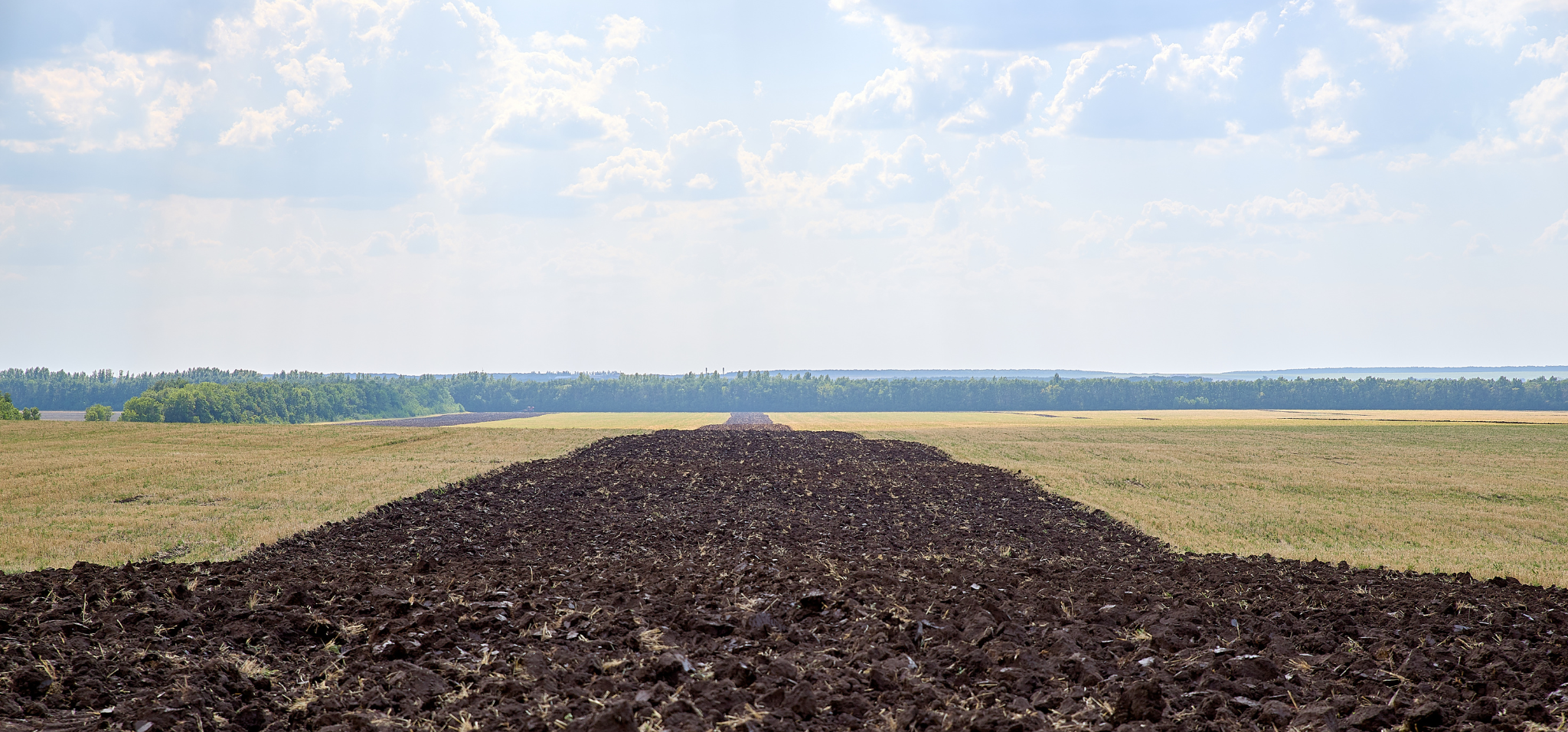
Authors: A. S. Strokov, A. A. Romanovskaya, V. Yu. Vertyankina & I. Yu. Ryabov.
Abstract
The paper analyzes the problems of carbon stocks variation in the pool of cropland mineral soils at the regional scale of the Russian Federation. The carbon stock balance of cropland soils was evaluated by estimating carbon gains and losses, and then the components of the carbon footprint were measured as a ratio of soil organic carbon balance to crop production quantity in terms of grain equivalent (t C/t grain eq.). The estimates for the period 2011–2020 have revealed that there is generally a small net gain of carbon on cropland in Russia, mainly due to the intake of carbon from plant residues. Most of the steppe region of Russia suffers from net losses of carbon at levels from –0.15 t C/t grain eq. up to –0.69 t C/t grain eq. In other regions, such as the Central Chernozem and Black Sea Coast regions, net carbon gain is observed in the range of 0.1–0.3 t C/t grain eq. due to the intake of significant biomass of crop and root residues as a consequence of intensive crop production.